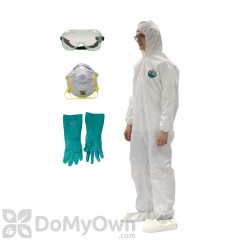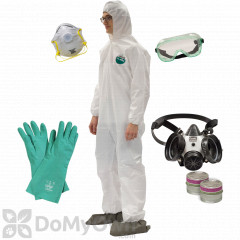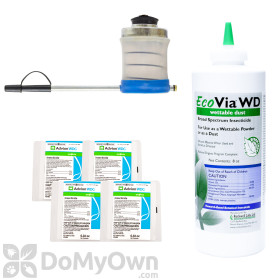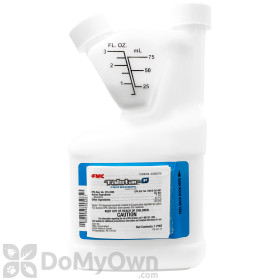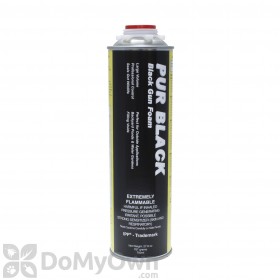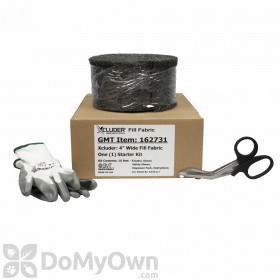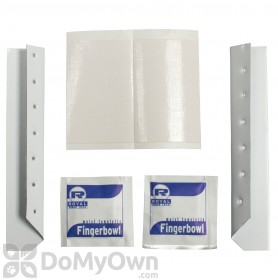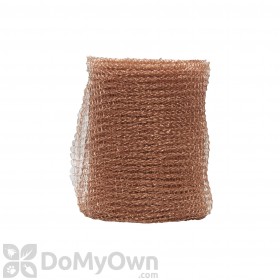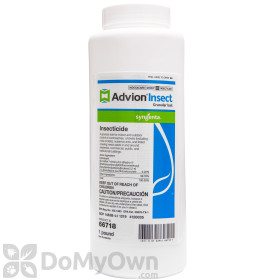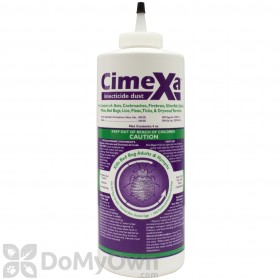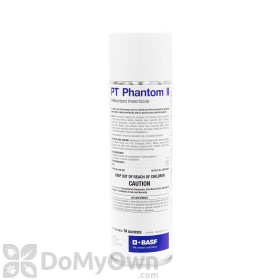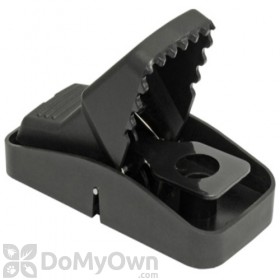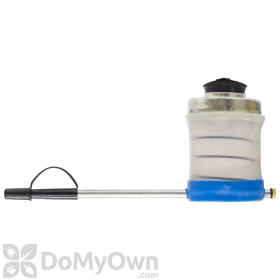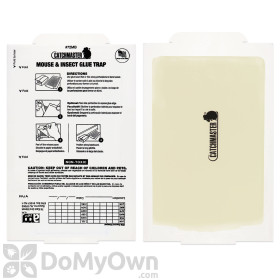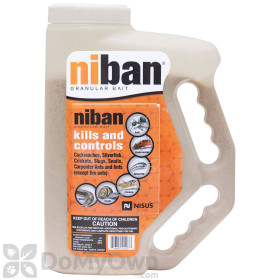Fall is when your home should feel warm and cozy, but as the temperature drops, pests like rodents, spiders, and overwintering insects like stinkbugs and Asian lady beetles start shopping for real estate. Your home can look like an inviting place for pests to hunker down through cold weather. A few preventative measures could save you from needing major treatments later, along with avoiding damaged insulation, chewed wiring, and higher heating bills.
Pest prevention in the late summer or early fall is far cheaper than treating an infestation in late fall and winter. Below are the top money-wasting pest control mistakes homeowners make, plus the best tips to keep your home pest-free this autumn.
Waiting Too Long to Apply Pest Treatments

The mistake: Waiting until it's cold to apply pest control treatments or spraying a perimeter insecticide after seeing pest activity in your home.
Why it could cost you: Overwintering insects and spiders start seeking shelter as soon as temperatures start to go down. Once they're in wall voids, attics, and basements, you could be paying for interior cleaning, multiple pest control treatments, and repairs that cost far more than early prevention.
What to do instead:
- Treat your home early in the season, starting around August, with a barrier insecticide around your foundation, siding seams, soffits, windows, and doors.
- Reapply perimeter pest control treatment every 30-60 days through late fall, or according to the product label and weather conditions for optimal control.
Pro Tip
Stay ahead of the pests with the DoMyOwn Pest Box. Instead of guessing when or what to spray, you will get the right products delivered automatically, timed for your region and season.
Products needed for Mistake 1
Failing to Seal Entry Points

The mistake: Assuming small gaps don't matter.
Why it could cost you: Rodents and other pests will exploit even the smallest openings in your home. Every unsealed gap is both a doorway for bugs and a drafted opening that could drive up energy bills.
Did you know a mouse can squeeze through a hole as small as a dime? Rats can exploit half-inch openings, and insects need even less to come inside.
What to do instead:
- Inspect and seal all foundation cracks, any gaps around pipes or wire cables, dryer vents, attic and crawl space doors, and window screens.
- Use caulk for small cracks, expanding foam for larger voids, weatherstripping and door sweeps for movable parts, and hardware cloth for vents. Don't forget to seal gaps in garage doors or other exterior doors. See our rodent exclusion products.
Pro Tip
Sealing air leaks is a cost-effective way to cut heating and cooling costs (Noted by the U.S. Department of Energy) and prevent unwanted pests in your home.
Products needed for Mistake 2
Leaving Yard Debris Untouched

The mistake: Letting leaves, mulch, and stacked firewood snuggle up to your siding.
Why it could cost you: Moist, organic clutter creates the perfect hiding place for pests like ants, roaches, earwigs, spiders, and rodents. Once they're no longer comfortable outside, they will look for ways in when temperatures drop.
What to do instead:
- Create a clean, dry, and treated barrier zone around the foundation so pests don't feel welcome. Rake and remove leaves regularly, and trim any shrubs or tree limbs that touch your home or structure.
- Pull mulch back 6-12 inches from the foundation to reduce moisture and pest hiding spots, and store firewood at least 20 feet from the house.
Pro Tip
Use a granular ant bait around your foundation to target any colonies that could be nesting in soil, mulch, or leaf litter. This step reduces the number of ants and helps prevent them from moving indoors as temperatures drop.
Products needed for Mistake 3
Skipping Indoor Protection

The mistake: Assuming your outdoor pest control treatment alone is enough protection.
Why it could cost you: Overwintering pests often sneak inside unnoticed. By the time you see them, you could be dealing with established insect populations in places like basements, wall voids, or other rooms in your home.
What to do instead:
- Place sticky monitors and traps in basements, crawl spaces, utility rooms, and behind appliances.
- Vacuum and seal around baseboards, outlets, and pipes to cut off any travel routes.
- Use targeted interior baits or insecticide sprays where activity is detected, as well as preventative control. Always follow product labels carefully.
- In hard-to-reach areas like wall voids, attics, and crawl spaces, apply an insecticide dust for long-lasting protection where sprays can't reach.
Pro Tip
Make pest monitoring part of your seasonal routine. Investing in pest control early could prevent costly treatments later.
Products needed for Mistake 4
Ignoring Attics and Crawl Spaces

The mistake: Forgetting to include attics and crawl spaces in your routine pest control treatments.
Why it could cost you: Warm, dark, and rarely disturbed, these spaces are perfect for hiding rodents, bats, cluster flies, and other insects. Infestations in attics and crawl spaces can often go unnoticed until there's expensive damage.
What to do instead:
- Inspect regularly for pest droppings and trails, damaged insulation, and unusual odors. See our videos on attic and crawl space pest control.
- Install tamper-resistant bait stations or traps along likely rodent travel paths.
- Air seal and insulate to reduce both pest pressure and energy loss, and consider vent screening and exclusion products where appropriate.
Products needed for Mistake 5
Fall pest control is about timing, sealing, and prevention. Start monitoring and treating pests early, close any gaps in your home, clean up clutter, and keep a watchful eye on dark corners. Follow these pest prevention tips, and you should head into winter with fewer bugs, less costly surprises, and more money left in your pocket.

